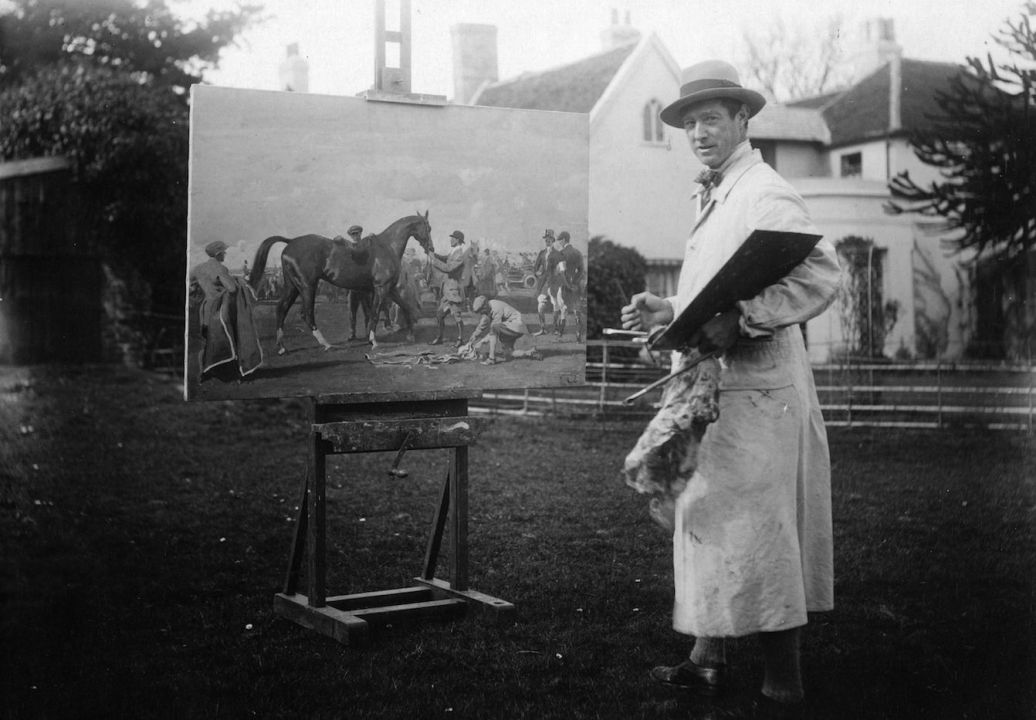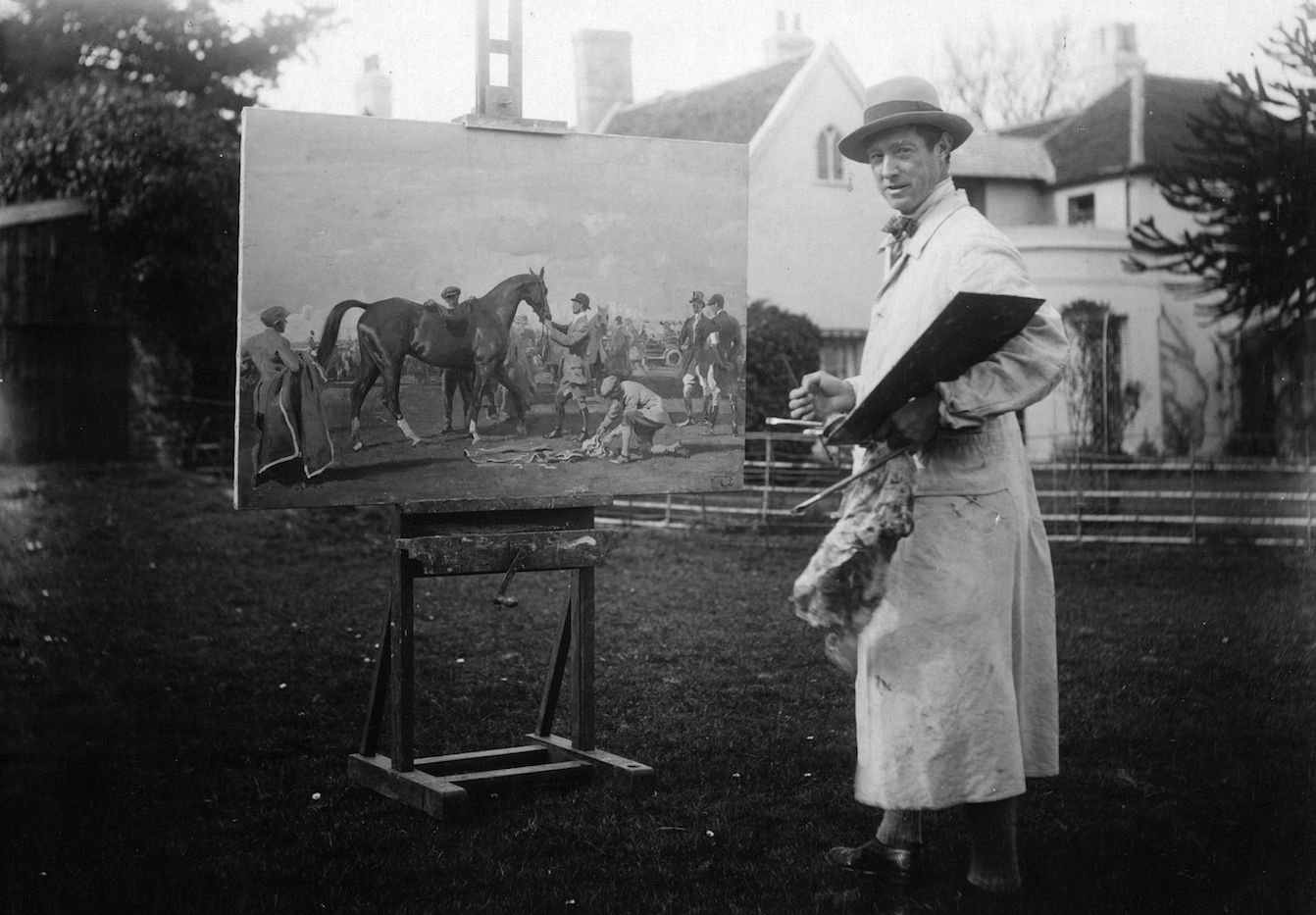At first glance, the substantial yellow house on the turn of the country road could be a Trollopean rectory, one long sold off to a lawyer or boardroom executive. This is Castle House in north Essex – set in the flat, luscious landscape made famous by John Constable – which was for 40 years the home of the artist Sir Alfred Munnings. Since his death in 1959, it has been a museum dedicated to his life and work.
There is an overwhelming sense of tranquillity, a peculiar bucolic permanence, like the memory of a hot sunny day from childhood
Munnings, you may recall, painted horses – that’s what the Oxford Dictionary of Art and Artists will tell you, at least – but he did so much more than this, as the contents of this magnificent house reveal. Describing Munnings as a horse painter is rather like describing Michelangelo as an interior decorator.
Quite apart from being president of the Royal Academy (from 1944 to 1949), and being an implacable foe of modern art, Munnings was a painter of luminous portraits, landscapes of rare brilliance, as well as studies of pigs, ponies and more, all painted en plein air.

Get Britain's best politics newsletters
Register to get The Spectator's insight and opinion straight to your inbox. You can then read two free articles each week.
Already a subscriber? Log in







Comments
Join the debate for just £1 a month
Be part of the conversation with other Spectator readers by getting your first three months for £3.
UNLOCK ACCESS Just £1 a monthAlready a subscriber? Log in